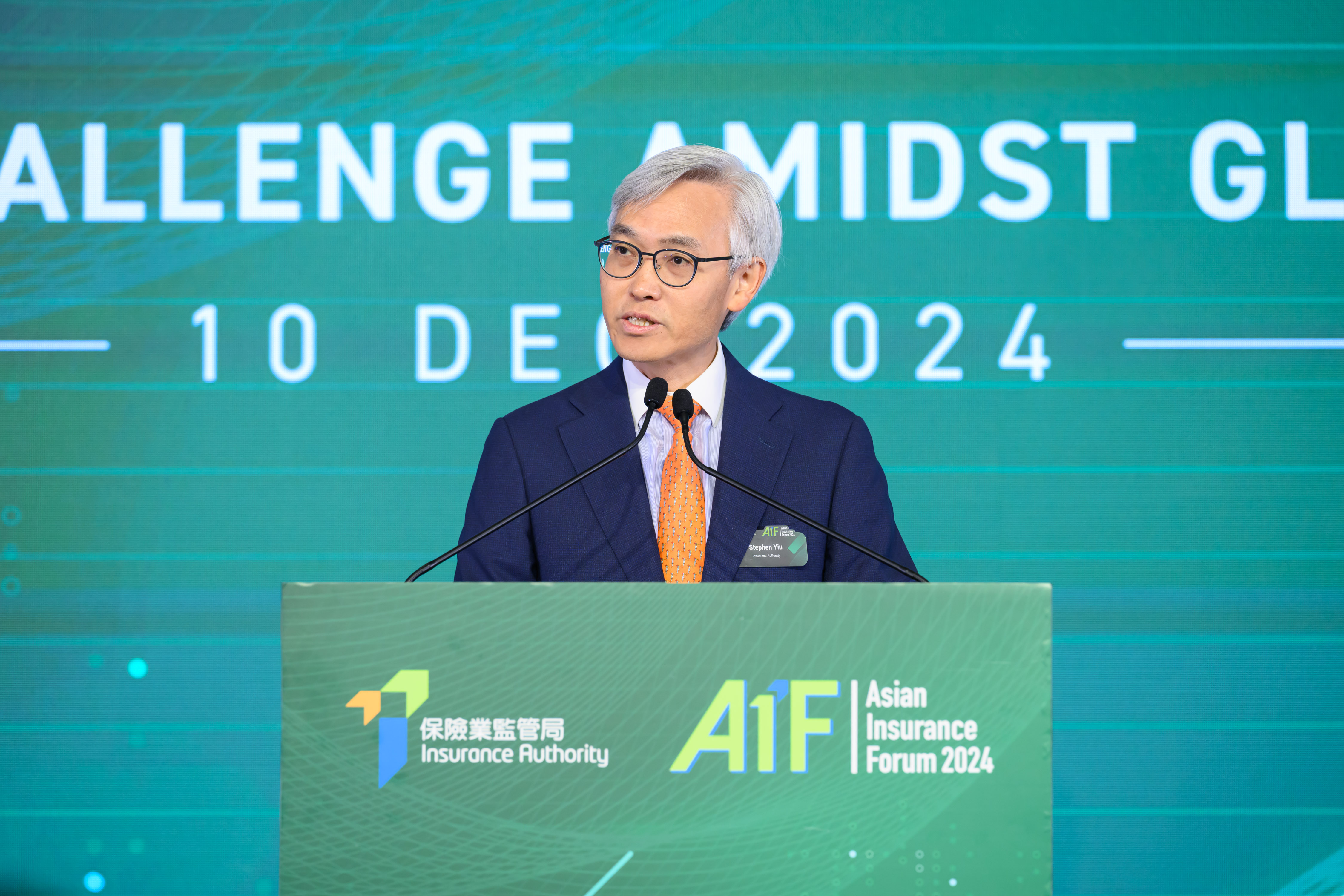With the Hong Kong Stablecoin Ordinance expected to officially take effect this week, Hong Kong-listed stablecoin stocks saw renewed activity yesterday, attracting significant investment. As of yesterday's close, Huaxing Capital Holdings (01911.HK) rose over 16%, Guotai Junan International (01788.HK) rose over 9%, and OSL Group (00863.HK) rose nearly 5%.
Since the beginning of this year, a series of policy and market changes have made stablecoins a hot topic. In fact, the first mainstream stablecoin, Tether (USDT), was launched as early as 2014, and by June 2025, there were over 250 stablecoins in circulation worldwide. One primary market investment institution told reporters that they are closely monitoring the latest developments in stablecoins, believing them to be a major trend in the future.
Stablecoin stocks are in high demand.
Huaxing Capital Holdings surged yesterday, with gains reaching as high as 18.62%. It closed at HK$6.74 per share, up 16.21%.
As a leading investor in new economy companies, Huaxing New Economy Fund participated in an investment in Circle (CRCL.US) in 2018. The fund believes that stablecoins, as a key innovation in digital finance, possess enormous development potential and market prospects. Circle, with its leading technological advantages, strict compliance management, and strong ecosystem-building capabilities, is poised to further establish itself as a leader in the stablecoin industry.
At the end of June, Huaxing Capital Holdings announced that its board of directors had resolved to enter the Web 3.0 and cryptocurrency sectors, approving a total budget of US$100 million over the next two years to develop Web 3.0 businesses and invest in cryptocurrency assets. This move was interpreted as a significant step for Huaxing Capital in the cryptocurrency sector, and a response to the series of proactive policies recently introduced by the Hong Kong SAR government to support the development of the Web 3.0 and cryptocurrency industries, thereby spearheading the development of innovative technology.
OSL Group, Hong Kong's first publicly listed, licensed digital asset trading platform, saw its stock price rise 4.67% yesterday to HK$17.94 per share. According to OSL Group's official WeChat account, on July 25, the company announced the successful completion of a US$300 million equity financing round, the largest public equity financing to date in the Asian digital asset sector. The funds will be used in three key areas: 1) Supporting the Group's Strategic Acquisitions: OSL will continue to actively promote global expansion through a combination of strategic initiatives, such as license application preparations, acquisitions, ecosystem partnerships, and commercial transactions. 2) Developing a new business plan, including payment and stablecoin businesses: Accelerating the development of OSL's global business and payment network, integrating fiat currencies, stablecoins, and mainstream digital assets to provide secure, efficient, and seamless cross-border payment solutions for institutional and corporate clients. 3) Strengthening the Group's working capital: Strengthening OSL's competitive advantage in terms of business scope and scale.
The global stablecoin market is expected to maintain rapid growth through 2025. According to relevant reports, as of mid-June, the total market capitalization of stablecoins exceeded US$250 billion, accounting for approximately 8% of the total cryptoasset market capitalization. This scale already exceeds the money supply of several emerging economies, highlighting their importance in the global financial system.
In terms of trading activity, stablecoin trading volume reached approximately $37 trillion in 2024, significantly exceeding the approximately $19 trillion in Bitcoin (BTC.CC) trading volume during the same period. This demonstrates that stablecoins have evolved from a "connector" for crypto assets to a crucial global payment infrastructure, with their financial attributes becoming increasingly prominent.
Institutions are optimistic about the prospects of stablecoins.
The aforementioned primary market investor stated that stablecoins, like Bitcoin, are cryptocurrencies, but their innovation lies in addressing the high price volatility of traditional cryptocurrencies by being pegged to the value of a stable asset (such as the US dollar, gold, or other fiat currencies). In particular, the IPO of Circle, known as the "first stablecoin stock," has provided good returns to institutions that participated in the previous round of investments, and interest in the sector is currently growing.
Guangfa Securities' Chief Non-Bank Analyst, Chen Fu, recently stated that the stablecoin industry chain encompasses four major links: issuance, custody, payment, and trading. Among these, issuance, payment, and trading represent the highest value, making them a core investment area. In the future, companies with industry-specific scenarios will have significant advantages, as they not only face significant cross-border payment demand but can also improve supply chain funding efficiency through stablecoins.
He also emphasized the high growth potential of the payment and transaction segments. Payments generate revenue through fees and require a global payment license. Five domestic institutions have already obtained overseas payment qualifications. These segments directly connect with market demand and play a core role in the circulation of stablecoins. These institutions will be the first to benefit from the industry's expansion.
Minsheng Securities believes that after the Stablecoin Regulation officially takes effect on August 1, 2025, major companies such as Ant Group and JD.com, leveraging their deep expertise in blockchain technology and extensive domestic application scenarios, are expected to be among the first to receive stablecoin licenses from the Hong Kong Monetary Authority, thereby establishing a substantial stablecoin and RWA industry chain.
Boston Consulting Group predicts that by 2030, the RWA market will reach $16 trillion, with stablecoin penetration expected to reach 30%-50%. Case studies such as Ant Financial's photovoltaic asset tokenization project and RealT's real estate tokenization in the US have demonstrated the potential value of stablecoins in bridging the virtual and physical economies.
Hualong Securities believes that with the Hong Kong dollar stablecoin as a fulcrum, my country's access to global on-chain financial competition will be more streamlined, and remains optimistic about the positive impact of stablecoins on promoting the internationalization of the RMB.
From a risk perspective, Chen Fu cautions against concerns about regulatory policy changes and technical security risks. As an emerging field, stablecoins are subject to dynamic regulatory adjustments, while security vulnerabilities in blockchain technology could trigger short-term volatility. "Investment should focus on companies that prioritize compliance, have strong technology, and clearly defined needs, avoiding purely conceptual targets."







